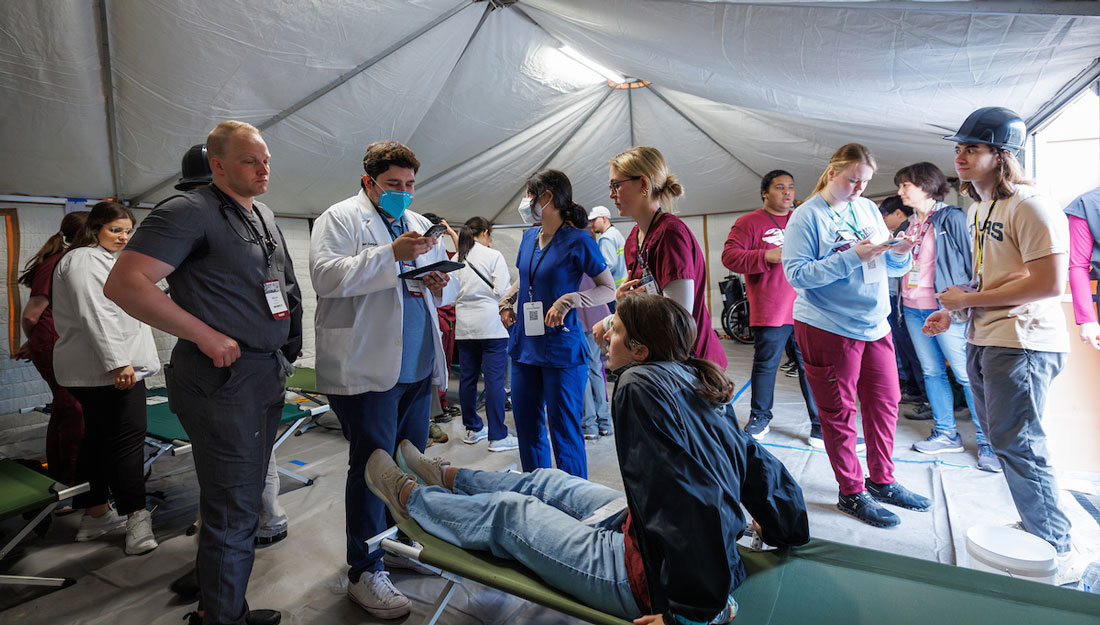- Mary Leigh Meyer
- Pharmacy, Show on VR homepage, Trending
Fast facts: Antibiotic-resistant bacteria
What is antibiotic-resistant bacteria and why is it such a big deal?

The word "antibiotics" on a piece a paper next to a syringe and pills.
Antibiotic resistance is one of the biggest public health challenges of our time, both worldwide and in America. What will we do if antibiotics are no longer effective? Michael Allen Horseman, PharmD, an infectious disease clinical associate professor of pharmacy practice at the Texas A&M Irma Lerma Rangel College of Pharmacy breaks down what antibiotic resistance is and what we can do to help.
What is an antibiotic?
Antibiotics are medicines, prescribed by health care providers, that kill bacteria that cause infections in both humans and animals. According to the Centers for Disease Control and Prevention, antibiotics fight these infections by either killing the bacteria or making it difficult for the bacteria to grow and multiply. They cure bacterial infections and have no effect on viruses.
When are antibiotics needed?
Antibiotics are needed to treat bacterial infections, however some bacterial infections like ear infections will get better on their own. Antibiotics are commonly used on infections like pneumonia and strep throat, but not used on colds or the flu because these infections are caused by viruses.
What is antibiotic resistance?
Antibiotic resistance is just as the name describes…bacteria that is resistant to antibiotics. When this happens, antibiotics do not kill or reduce the multiplication of the bacteria that the antibiotic was designed to combat—and that had previously worked.
Why is antibiotic resistance bad?
Antibiotic-resistant bacteria infect more than two million Americans and cause at least 23,000 deaths every year. The United States is at a tipping point: an increasing number of germs no longer respond to the drugs designed to kill them, and some don’t respond to any antibiotics, even those used only as a last resort.
Why has antibiotic resistance bacteria become more common?
Over time, bacteria have adapted and learned to survive. If someone prescribed antibiotics does not take as instructed—not taking the correct dosage or skipping dosages—the bacteria may not be completely removed and will have a chance to adapt to the antibiotic. Other common reasons for the increasing number of antibiotic-resistant bacteria is inappropriate prescribing of antibiotics and lack of proper infection prevention and control measures.
What can I do to help prevent the spread of antibiotic resistant bacteria?
Your general health care provider should be able to advise if you need antibiotics to recover from your infection. If you are prescribed antibiotics, take them as directed and do not skip doses or stop taking them before the full number of prescribed days. Taking some antibiotics but not finishing the prescribed course can contribute to antibiotic resistance.
Media contact: media@tamu.edu


